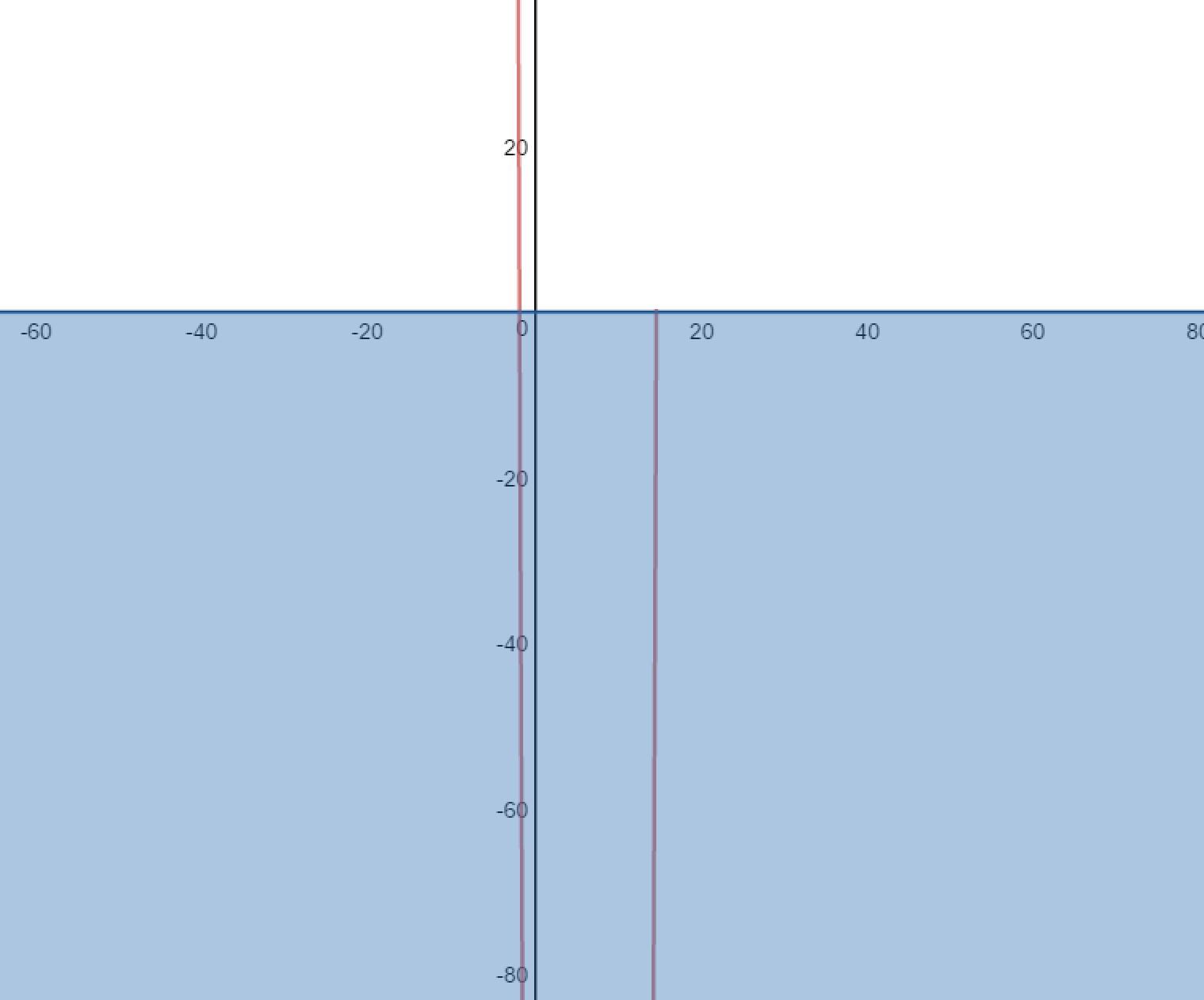As is mentioned in the comments, there is a problem with the question, as the statement "the probe enters the water at 4 seconds" contradicts the given function #h(x)#. If #h(x)# is the correct function, though, we can still solve the problem if we ignore the "4 seconds" comment.
The problem wants the amount of time that the probe is below sea level, that is, the length of the interval on which #h(x) < 0#. To find that, we need to know where #h(x) = 0#.
#h(x) = 15x^2-190x-425 = 0#
Divide through by #"GCD"(15, 190, 425) = 5# to make further calculations easier.
#3x^2 - 38x - 85 = 0#
Factoring does not look easy. Apply the quadratic formula.
#x = (38+-sqrt((-38)^2-4(3)(-85)))/(2(3))#
#=> x = (38+-sqrt(2464))/6#
#=> x = (19+-2sqrt(154))/3#
So, the two roots of #h(x)# are #19/3-(2sqrt(154))/3# and #19/3+(2sqrt(154))/3#. As these mark the endpoints of the probe's descent and ascent, we want the length of the interval between them, i.e., their difference.
#(19/3+(2sqrt(154))/3) - (19/3-(2sqrt(154))/3) = (4sqrt(154))/3#
Therefore, the probe was underwater for #(4sqrt(154))/3 ~~ 16.546# seconds.
 )
)
 )
) 
